Shibuya Goldfish falls somewhere along the horror continuum between Sharknado 3 and Jaws: it’s too competently executed to be a guilty pleasure but too predictable to be genuinely scary. Though the premise has serious camp potential, author Hiroumi Aoi settles for a pedestrian approach to the material, trapping his cast in a high-rise shopping center where death lurks around every corner. There are a few glimmers of imagination here and there, but the overall result lacks the visceral punch, humor, or sheer imagination of other entries in the Killer Fish genre.
The story begins in media res, with a shot of Hachiko — Shibuya’s most famous statue — stained in blood. We then cut to an image of a panting, wild-eyed teen staring incredulously at a monstrous goldfish feasting on a pedestrian in the middle of a busy street. “That day was the first time I ever saw someone die,” Hajime solemnly informs us, before a flashback reveals what led up to this gruesome scene.
I won’t lie: those opening pages are a tantalizing hook for a horror buff. Though Aoi doesn’t reveal where the goldfish came from, he sells the Fish-Gone-Wild concept by emphasizing the predators’ size, numbers, and blank-eyed stares, making us appreciate the sheer incongruity of Volkswagen-sized fish swarming through an urban landscape. The goldfish’s penchant for uttering intelligible phrases — “I’m home, mom,” one burbles — adds another layer of mystery to their existence: are they truly sentient or are they merely ghosts, back to haunt the owners that flushed them down the toilet?
Where Shibuya Goldfish falls short is the human dimension. Hajime is the only character who’s properly fleshed out, an earnest, slightly awkward high school student whose dreams of becoming a filmmaker are dashed by the catastrophe. The other characters are more placeholders than people, dropped into the story to generate conflict or provide useful information about goldfish behavior before dying. In recognition of their liminal status, Aoi only bestows names on a small fraction of the cast, one of whom — the beautiful, bitchy Chitose Fukakusa — is such a vile male fantasy that the introduction of two more competent, sincere female characters in chapters two and three barely erase the memory of Fukakusa’s manipulative behavior and panty flashes.
The other fundamental issue with Shibuya Goldfish is the artwork, which juxtaposes photo-realistic backgrounds and fish with generic character designs. The tension between these two modes of representation ends up robbing volume one’s creepiest scenes of their dramatic impact, as the full horror of what happens to several characters is muted by Aoi’s blandly rendered faces and bodies; the grotesque bodily deformations that make Junji Ito, Hideshi Hino, and Kanako Inuki’s work so arresting barely elicit a “yuck!” in Aoi’s hands. It’s a pity these moments don’t land with more oomph because Shibuya Goldfish flirts with an interesting idea: the notion that a pet as small, helpless, and disposable as a goldfish might be the downfall of humanity, punishing us for our reckless treatment of other living things. Perhaps Aoi will delve into the monsters’ origins in future volumes, but the so-so execution of these foundational chapters didn’t reel me in. Your mileage will vary.
SHIBUYA GOLDFISH, VOL. 1 • BY HIROUMI AOI • TRANSLATED BY KO RANSOM • YEN PRESS • 242 pp. • RATED OT (OLDER TEEN) FOR LANGUAGE, NUDITY, AND VIOLENCE

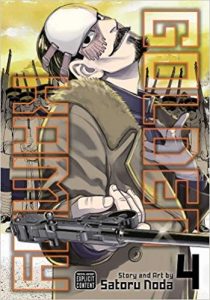
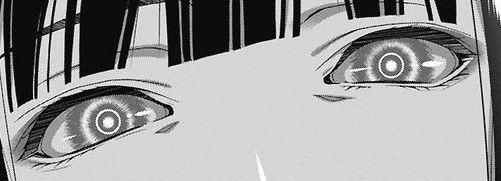

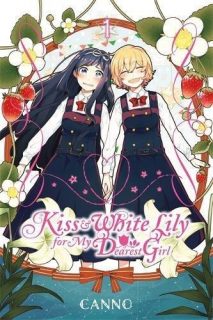
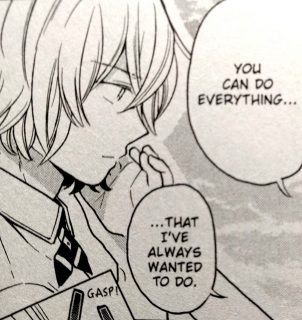
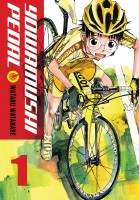 Best New Series: Yowamushi Pedal
Best New Series: Yowamushi Pedal Best New Shonen Series: One-Punch Man
Best New Shonen Series: One-Punch Man Best New Romance Manga: Horimiya
Best New Romance Manga: Horimiya Best New Gag Manga: Junji Ito’s Cat Diary: Yon & Mu
Best New Gag Manga: Junji Ito’s Cat Diary: Yon & Mu Best Historic Title: Ludwig B.
Best Historic Title: Ludwig B. Best Reprint Edition: Planetes
Best Reprint Edition: Planetes Best Manga I Thought I’d Hate: Haven’t You Heard? I’m Sakamoto
Best Manga I Thought I’d Hate: Haven’t You Heard? I’m Sakamoto Worst Manga I Thought I’d Love: JoJo’s Bizarre Adventure, Part 1: Phantom Blood
Worst Manga I Thought I’d Love: JoJo’s Bizarre Adventure, Part 1: Phantom Blood Most Disappointing Manga: Shigeru Mizuki’s Hitler
Most Disappointing Manga: Shigeru Mizuki’s Hitler